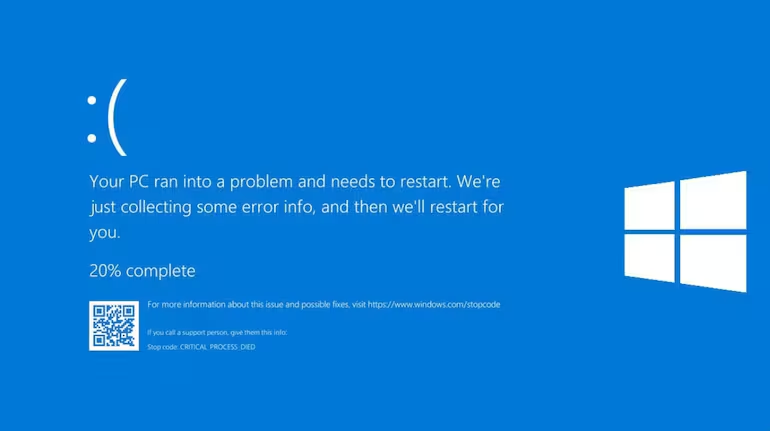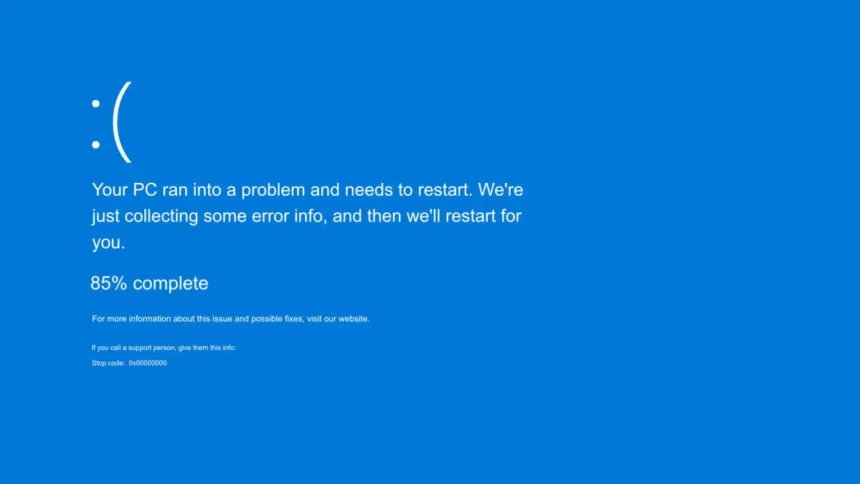For decades, the infamous Blue Screen of Death (BSOD) has haunted Windows users worldwide. Now, Microsoft is retiring this notorious error screen and replacing it with a sleek, modern black screen. The change promises a smoother experience when computers unexpectedly restart, cutting down downtime and improving system recovery.
What’s Happening & Why This Matters
Microsoft announces it will phase out the blue screen that has appeared during critical system errors since the early 1990s. Instead, users will see a new black screen of death on all Windows 11 devices running version 24H2. The update arrives later this summer.
This revamped screen offers a simplified user interface with clearer messaging and a progress percentage for restarts. It removes the frowning face and lengthy text that often confused users. Microsoft also cuts reboot time to about two seconds for most users, speeding up recovery from unexpected restarts.

This change follows last year’s massive outage triggered by CrowdStrike’s failure, which caused many Windows machines to crash and display the classic blue screen. The new design aims to reduce user frustration and downtime during such incidents.
Alongside this makeover, Microsoft introduces a quick machine recovery feature. This tool helps IT teams remotely fix affected PCs without complicated manual steps, especially during widespread outages. Microsoft plans to roll this out broadly this summer and enhance it later in the year.
Raymond Chen, a Microsoft veteran, recalls the blue screen’s origins in Windows NT, marking a system’s unrecoverable failure. This transition to a black screen symbolizes Microsoft’s move toward a more user-friendly, efficient troubleshooting experience.
TF Summary: What’s Next
Microsoft’ decision to retire the Blue Screen of Death is a fresh chapter for Windows users, emphasizing faster, clearer system recovery. The new black screen and quick recovery tools promise smoother handling of unexpected crashes, especially during large-scale outages. Users and IT professionals can expect these updates on Windows 11 devices soon, improving overall resilience.
As Microsoft improves future Windows versions, the black screen creates a modern approach to system errors, focusing on reducing user anxiety and downtime. Future updates may bring even more automation and remote repair options, further easing IT burdens and boosting reliability.
— Text-to-Speech (TTS) provided by gspeech


